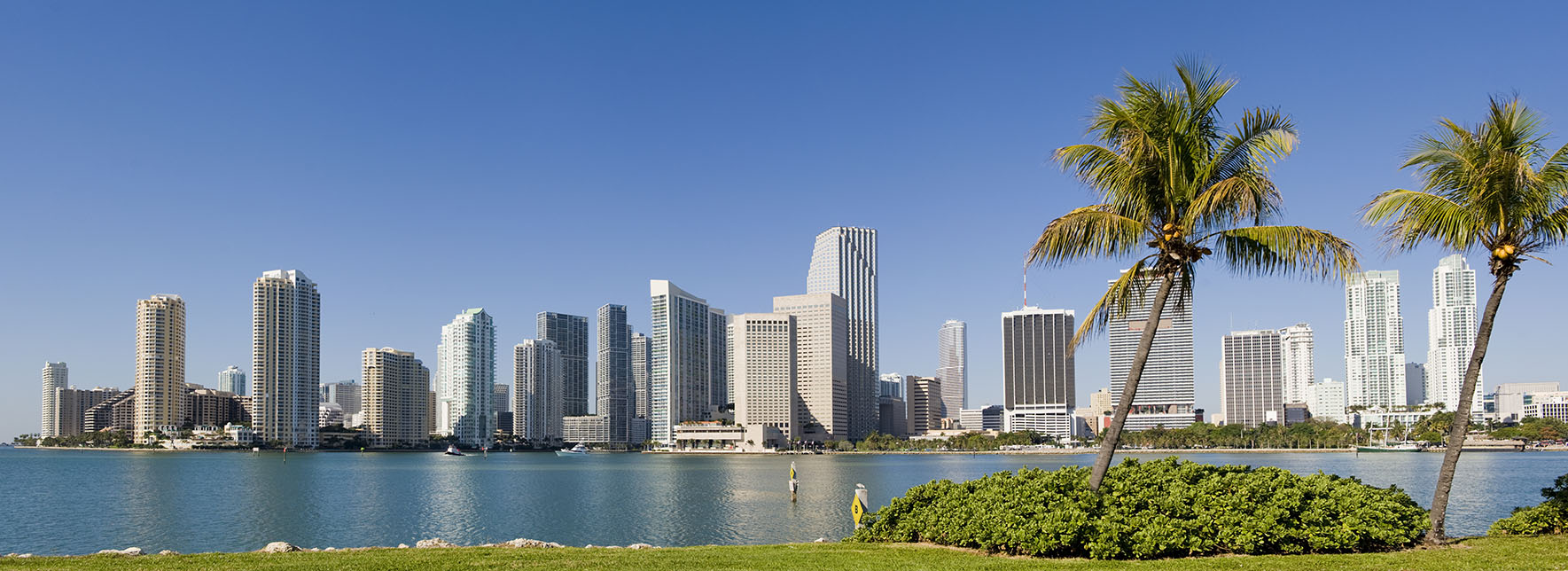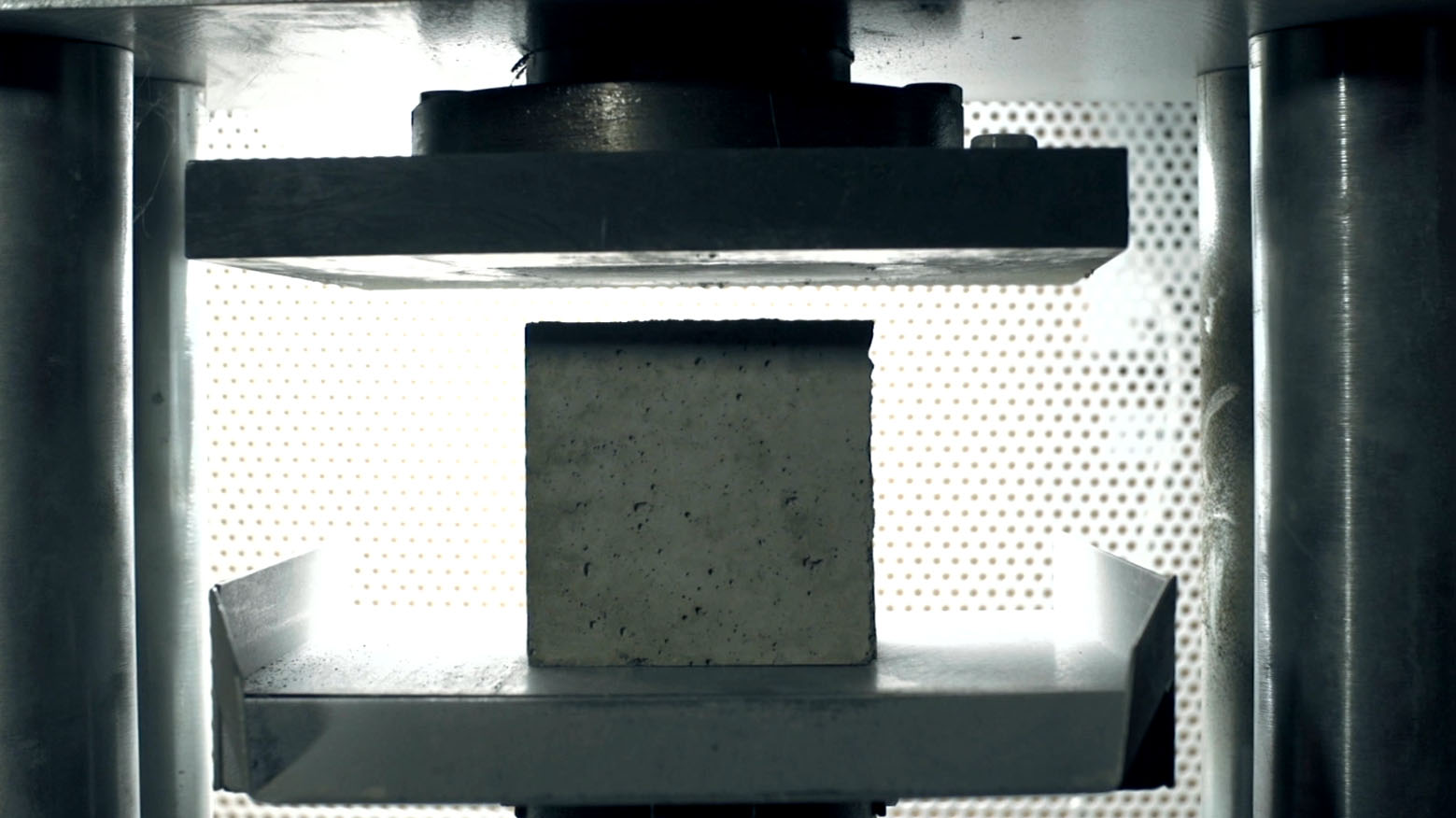Ron Henley
President – GCC of America
Portland Cement Association (PCA) Chairman of the Board
Concrete is a key part of building a resilient future, providing unparalleled durability, strength, and security. Not only is concrete better able to withstand normal wear and tear, but it also enhances the ability of our communities to withstand natural disasters worsened by climate change by reducing the risk of significant damage; protecting us against high winds, fires, and storm surges; and lowering the time and costs needed to rebuild communities.
When it comes to resiliency – which is measured by whether building occupants can safely shelter during natural disasters and whether the structure itself can survive – concrete is the most resilient building material. If a structure can be repaired rather than replaced following a disaster, it is faster, less expensive and more energy efficient return to normalcy for cities, residents, and business operations.
Increased durability from concrete provides economic benefits, especially in disaster-prone areas: every $1 spent on resilient building and construction can save $6 in recovery costs according to a recent study by the National Institute of Building Sciences. Furthermore, the National Oceanic and Atmospheric Administration forecasts predict more storms and major hurricanes than average this year. Considering that from 2015-2019 there have been at least 10 disaster events each causing over $1 billion in damage, savings from resilient concrete construction can quickly scale up.
Since the expected cost of maintenance and post-disaster repairs can exceed initial building costs, the economic case for resilient construction using concrete is simple: a small investment up front pays exponential dividends throughout the life of a building. Even with those benefits, studies have shown concrete to be cost competitive to other building materials at every level of resilience.
Builders, architects, and designers have come to recognize that buildings and homes built with concrete are more durable and resistant damage from natural disasters. Resilient structures also benefit our planet because their environmental footprint can be spread over several decades. Concrete truly offers the best mix of safety, resiliency, affordability, and sustainability.
As the most widely used construction material, concrete is readily available, cost competitive with steel and wood, and resilient. And it will continue to have a key place in creating a resilient – and sustainable – future.
If you would like to learn more about the resiliency of concrete or our campaign, please visit Shaped by Concrete

